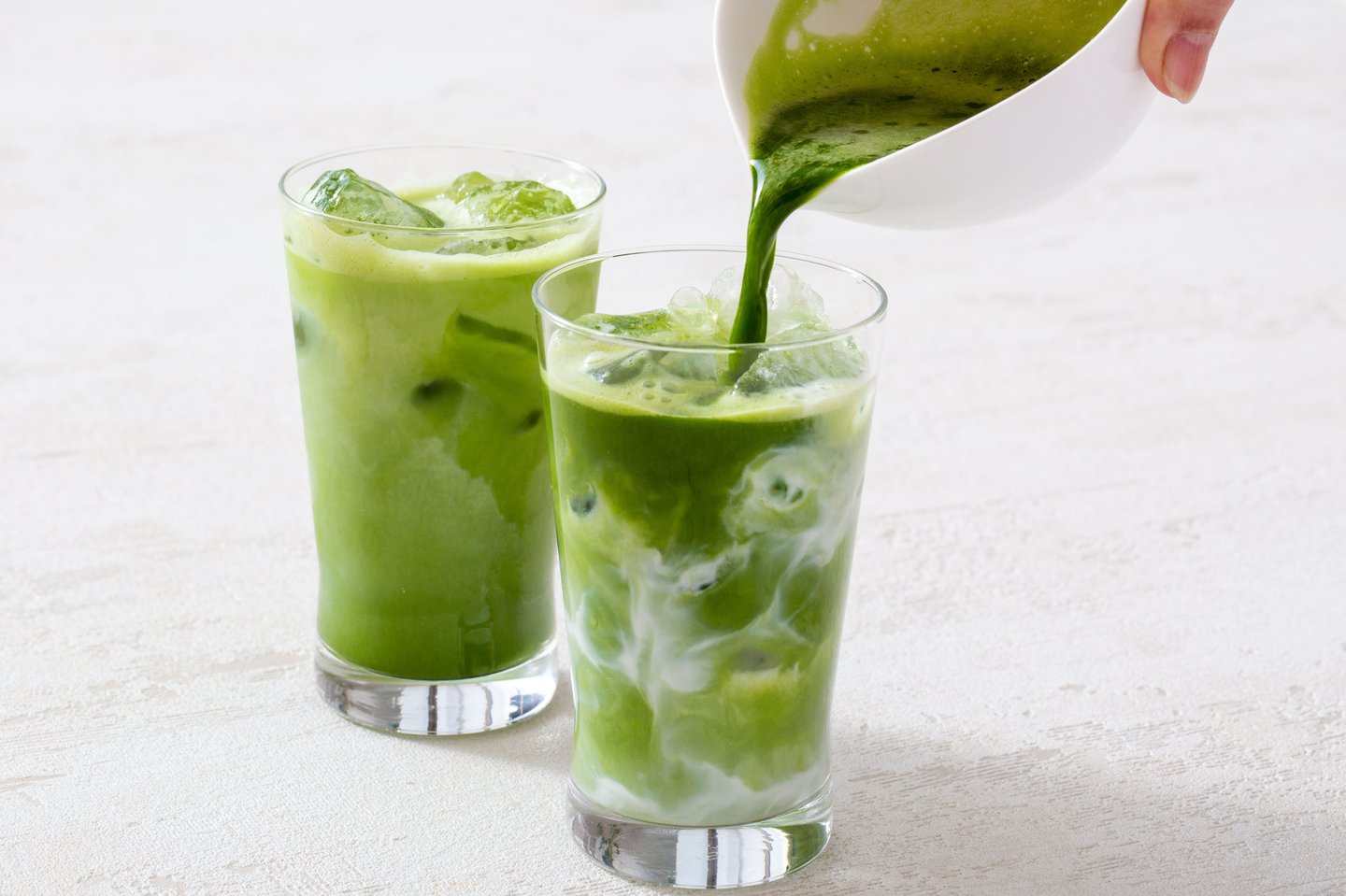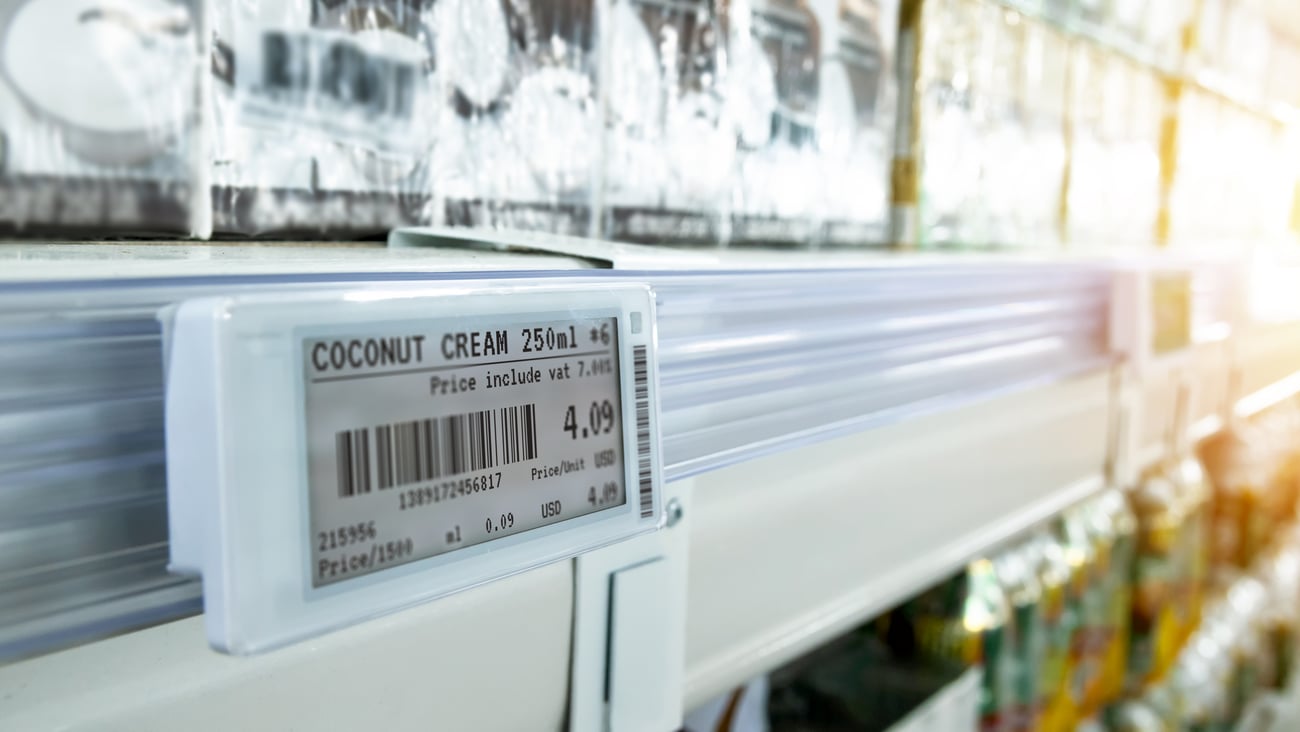Why matcha may be the next pumpkin spice
If you’re a matcha drinker, brace yourself—prices are likely heading up, and TikTok may be to blame.
What began as a traditional Japanese tea used in ceremonial settings has rapidly become a global wellness staple. Canada is no exception. Fueled by social media and a surge in health-conscious consumer habits, matcha has gone mainstream. The Canadian market alone was valued at about $300 million in 2024, projected to reach $375 million by 2025 and nearly double to $700 million by 2035, according to Market Research Future. That represents a compound annual growth rate of approximately 7% over the next decade.
Today, matcha is found not only in lattes but in smoothies, baked goods, energy bars, and even cosmetics. Its rise reflects a broader trend in Canadian food culture: the growing appeal of global ingredients that promise both functionality and indulgence.
READ: Matcha, fruity cereal, dragon fruit and more flavours on the rise in Canada
But matcha comes with a key economic constraint—supply. The production process is uniquely labour-intensive and deeply artisanal. Shade-grown, hand-picked, steamed, and stone-ground, authentic matcha—particularly from Japan’s Uji region or parts of China—is difficult to industrialize. Canada, due to climate, cannot grow matcha domestically, meaning demand must be met through imports. The market’s tightness leaves it exposed to price volatility as interest surges.
Already, we’re seeing the effects. Ceremonial-grade matcha that sells for roughly $28 per 100 grams in Japan can retail for as much as $120 in Canada—a markup exceeding 300%. Even culinary-grade matcha, which typically costs $5 to $14 in Japan, often doubles in price on Canadian shelves. As demand continues to grow, especially for premium varieties, prices could climb by another 30–40% in the coming years.
There’s also concern over authenticity. As matcha’s profile rises, so too does the presence of lower-quality substitutes—powders that resemble matcha in colour but lack its nutritional properties and distinctive taste profile. Consumers may not always know the difference until they’ve overpaid.
Cafés and restaurants are already reporting supply challenges, and many are struggling to keep pace with customer expectations. This isn't a passing inconvenience—it’s an early sign of a demand-driven imbalance that may persist.
Unlike fleeting trends like celery juice or butter boards, matcha’s growth is supported by habit formation. Its caffeine content, antioxidant profile, and calming effects appeal especially to Millennials and Gen Z consumers looking for a healthier, more stable alternative to coffee. The fact that the industry—not just consumers—is embracing matcha also signals staying power. In many ways, matcha is positioned similarly to pumpkin spice two decades ago—only this time, with the added push of social media.
READ: Beyond pumpkin spice: Why it's time to 'fall' for a new flavour
For traditional coffee drinkers, there may be a silver lining. As matcha draws more market share, coffee demand may stabilize. That’s welcome news after a year in which retail coffee prices rose 25%, according to Statistics Canada.
In short, matcha is no longer niche. It’s a case study in how consumer health trends, social media, and global trade dynamics can converge to reshape what—and how—we drink. If you're a coffee drinker, you might want to start promoting matcha yourself. Your wallet could thank you.






